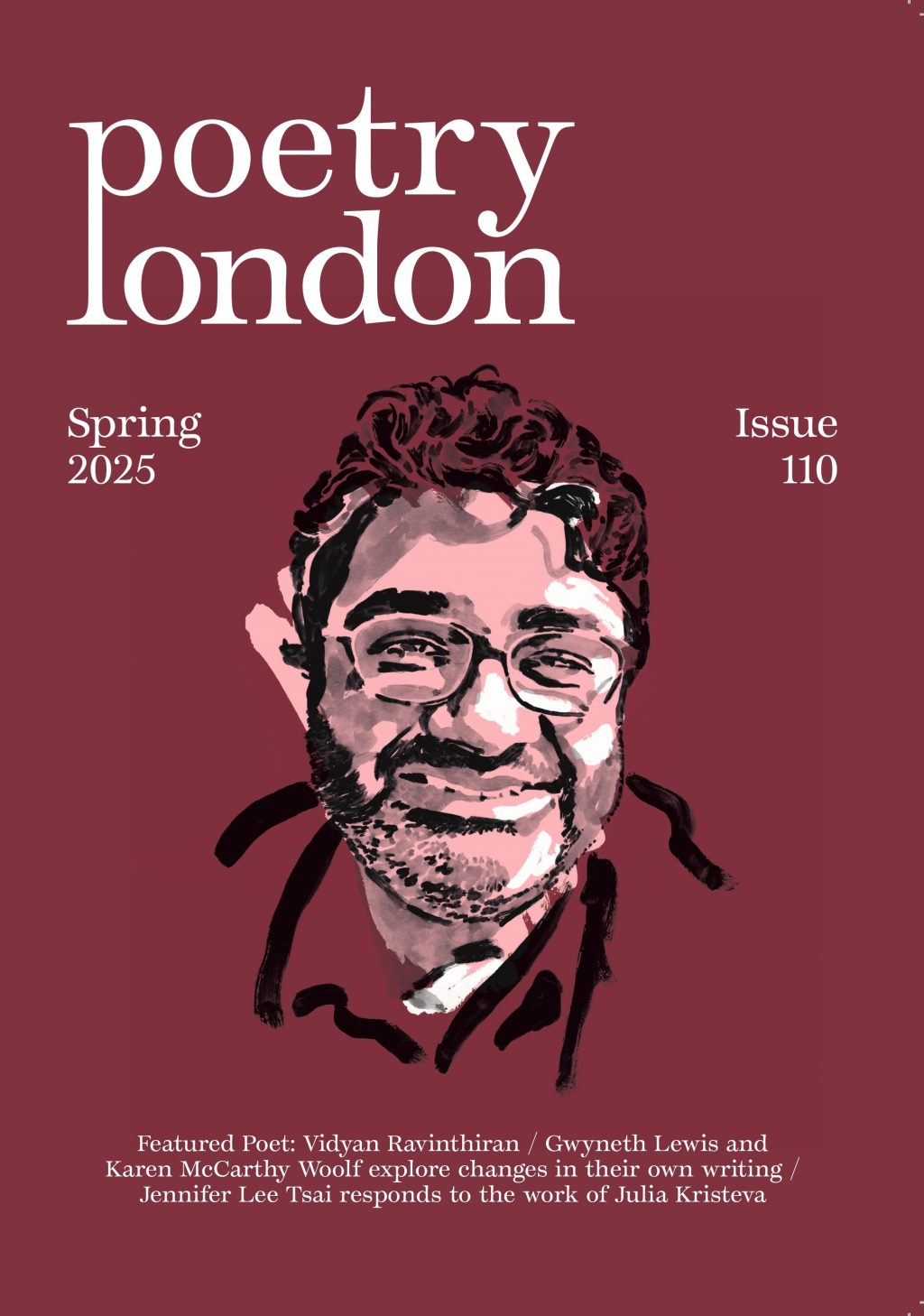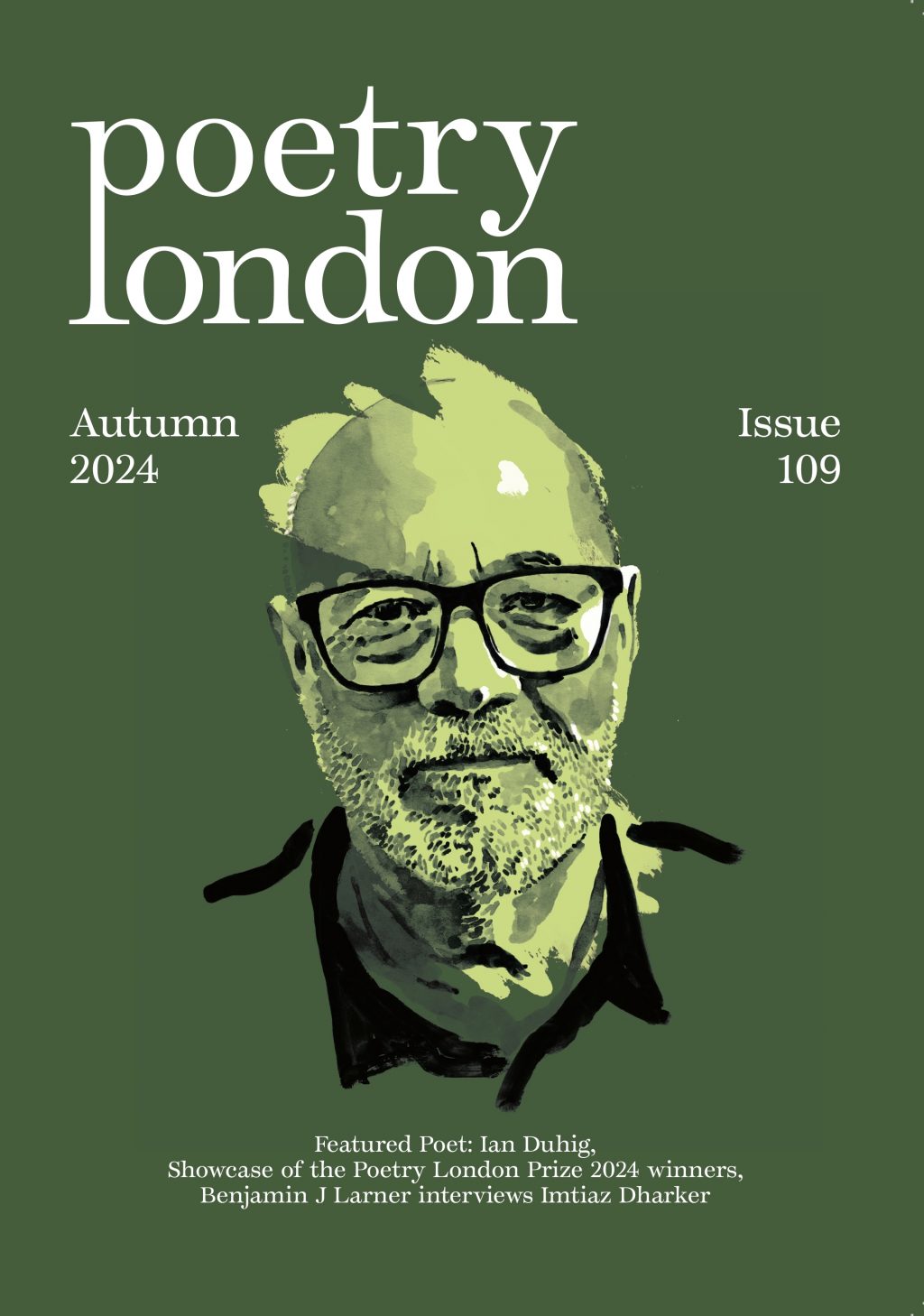A new empathy
In Poésie et photographie – perhaps his last major essay before his death in July this year – Yves Bonnefoy turned to explore ‘the impact of the first photographs on the experience of the world, and the conduct of existence, from the nineteenth century to our present day’. Such a task, he insisted, ‘must also be a reflection on poetry’.
In the opening pages of that essay, before turning to his subject proper, and then to the most sublime reading of Maupassant’s La nuit, Bonnefoy offers some ‘preliminary remarks on … [the] fundamental nature’ of poetry.
For Bonnefoy, poetry ‘shakes the scaffold of conceptual thought’; poetry offers a form of empirical reflection, working from the thing itself ‘and not from the totality, the compact, that we perceive, however spontaneously, in things when we confront them in the living moment’. This latter, conceptual approach, ‘proceeds by choice, by the selection of aspects, and thus … simultaneously simplifies and generalises, deprives the mind of recognising the unity of the thing it perceives, the breath of diverse facets grouped together or, in other words, that which makes it a particular thing, finite’.
For Bonnefoy, this ‘is a blindness that affects the self-awareness of the person that can no longer fully think their belonging as a being of the world. Poetry is the memory of this loss, an effort to reestablish this lost contact.’
In the context of the opposition between conceptual, critical thought as a ‘world- schema’, as an understanding of the world schematised ‘as image’, Bonnefoy turns to the painterly image, to ‘the pleats in the Virgin Mary’s dress… the cat that seems there by chance in Lotto’s Annunciation’, pointing out that such things do not appear by chance but ‘are the products of urges, desires, inevitabilities inherent in the painter’s fantasy’.
‘There is no chance within the field of the [traditional] image’ writes Bonnefoy: ‘The throw of the dice has been truly abolished.’ The power, then, of photography for Bonnefoy, the essential historical event that Arago introduced to the world in 1839, is that the photographic image – in its reproduction, for example, of ‘the clothes on a body… with their real pleats, those decided by the chance of their material, not the art of the painter’ – is the production of an image that contains ‘something that the ancients never knew, or would have wanted to know: chance, completely free and fully entitled to be itself’.
*
Bluntly, in the context of this new level of shame, disgust and anger many feel at the current political trajectory of this country – a country eschewing the values and community of Europe for solipsism and sub-fascistic rhetoric – I have, personally, found a certain solace in the risks, the chance, taken by many of the poems published in this issue.
It seems to me that many of these poems share a common insistence on what I might call a new empathy. From Robert Herbert McClean’s ‘riffage beastings’ and Vahni Capildeo’s three new poems, to the selection from Wayne Holloway Smith’s forthcoming Alarum (Bloodaxe, 2017), D.A. Powell’s wonderful concrete poem ‘Nest’ and Fiona Benson’s terrifyingly beautiful ‘Eurofighter Typhoon’, there are many poems here which, in the brutal intensity of their language, the stark innovation of their imagery, their aggression – at times their obscenity – their heightened, unflinching feeling, gamble precisely on a newly important form of poetic chance.
By demanding that the space of the poem be originally empathetic or affective, they throw the dice on the efficacy of the poem as a place of chance encounter between poet and reader, where the success of the poem is also a chancing of the possibility that craft – which is also a form of love and seduction – might momentarily bridge
the ineluctable otherness of humans from each other.
Of course, that poets are still taking a chance on poetry might feel (and might actually be) rather irrelevant in the current climate. But, there’s always the chance it’s not.

